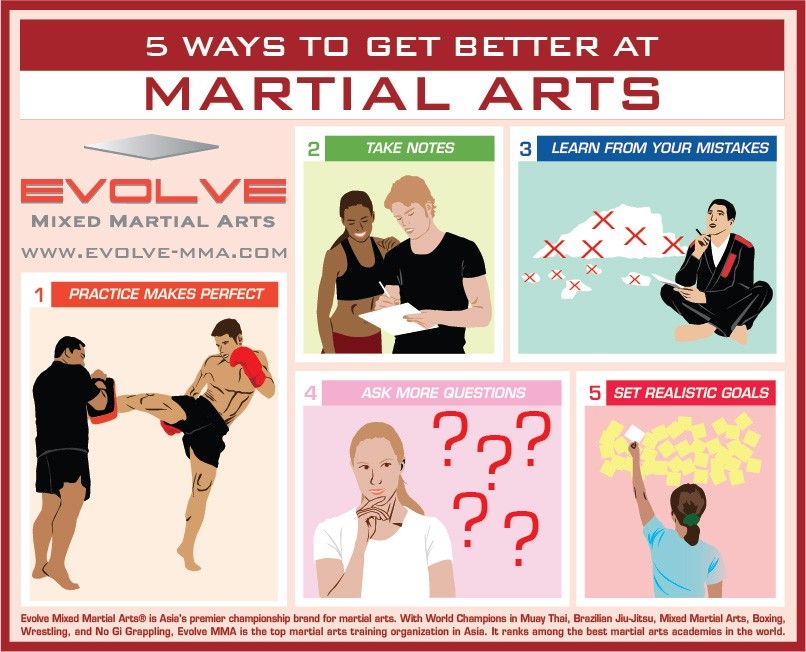The Background And Advancement Of Martial Arts Around The World
The Background And Advancement Of Martial Arts Around The World
Blog Article
Short Article Composed By-Sutton Odonnell
Martial arts have an interesting background that spans centuries and continents. You might discover it fascinating just how old methods like Shuai Jiao and Kalaripayattu prepared for modern-day combat strategies. These self-controls not only highlight physical skills however also show the cultures that birthed them. As you explore their development, consider exactly how globalization has actually changed these standard kinds right into crossbreed styles. What impacts do you think have shaped today's martial arts landscape?
Ancient Martial arts: The Structures of Combat
As you look into the world of ancient martial arts, you'll uncover the abundant foundations that shaped combat techniques throughout societies. Very early techniques concentrated on Self-Defense and survival, commonly integrating strikes, hurting, and weapons.
In ancient China, for example, techniques like Shuai Jiao emphasized throws and joint locks, while India's Kalaripayattu showcased agility and liquid activity. Japanese samurai developed Kenjutsu, a refined swordsmanship that highlighted technique and strategy.
These martial arts offered not just for battle but additionally as a way of personal advancement, instilling values like respect and determination. The mixing of these techniques gradually prepared for the varied martial arts you see today, each reflecting the special approaches and requirements of its society.
The Social Influence on Martial Arts Growth
While martial arts typically mirror the useful demands of a society, they also personify the cultural values and beliefs of their beginnings. When helpful resources check out various martial arts, you'll see just how they're influenced by faith, ideology, and social norms.
For example, the focus on respect and self-control in Japanese martial arts comes from Zen Buddhism and samurai society. In contrast, Brazilian Jiu-Jitsu advertises versatility and strategy, shaped by the requirement for performance in a diverse, modern environment.
You could discover that the rituals, attires, and training methods reflect an area's background and identity. By recognizing these cultural influences, you deepen your appreciation of martial arts and their role fit human experiences around the world.
Modern Adaptations and the Globalization of Martial arts
Martial arts have transformed substantially in recent decades, adjusting to modern culture and global impacts. You'll notice that conventional forms have mixed with contemporary techniques, developing hybrid styles like mixed martial arts. These adjustments satisfy varied target markets, making martial arts accessible and appealing worldwide.
With the increase of social networks and electronic systems, you can discover tutorials and competitions from all edges of the globe, damaging geographical obstacles. This globalization has caused a common admiration for different disciplines, from Brazilian Jiu-Jitsu to Taekwondo.
As you engage with these arts, you'll recognize they're not nearly battle; they advertise physical fitness, self-control, and mental health.
Inevitably, modern adjustments have actually improved the martial arts landscape, making it a dynamic and developing practice.
Conclusion
In checking out the background and evolution of martial arts, you reveal a fascinating mix of techniques, cultures, and ideologies. From visit the next site like Shuai Jiao and Kalaripayattu to the modern-day versatility seen in mixed martial arts, martial arts reflect humankind's quest for Self-Defense and personal development. As you involve with these practices, you not just get abilities but additionally a deeper recognition for the varied traditions that shape our globe today. So, continue your journey and welcome the art of battle!
